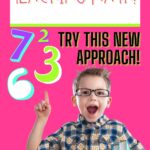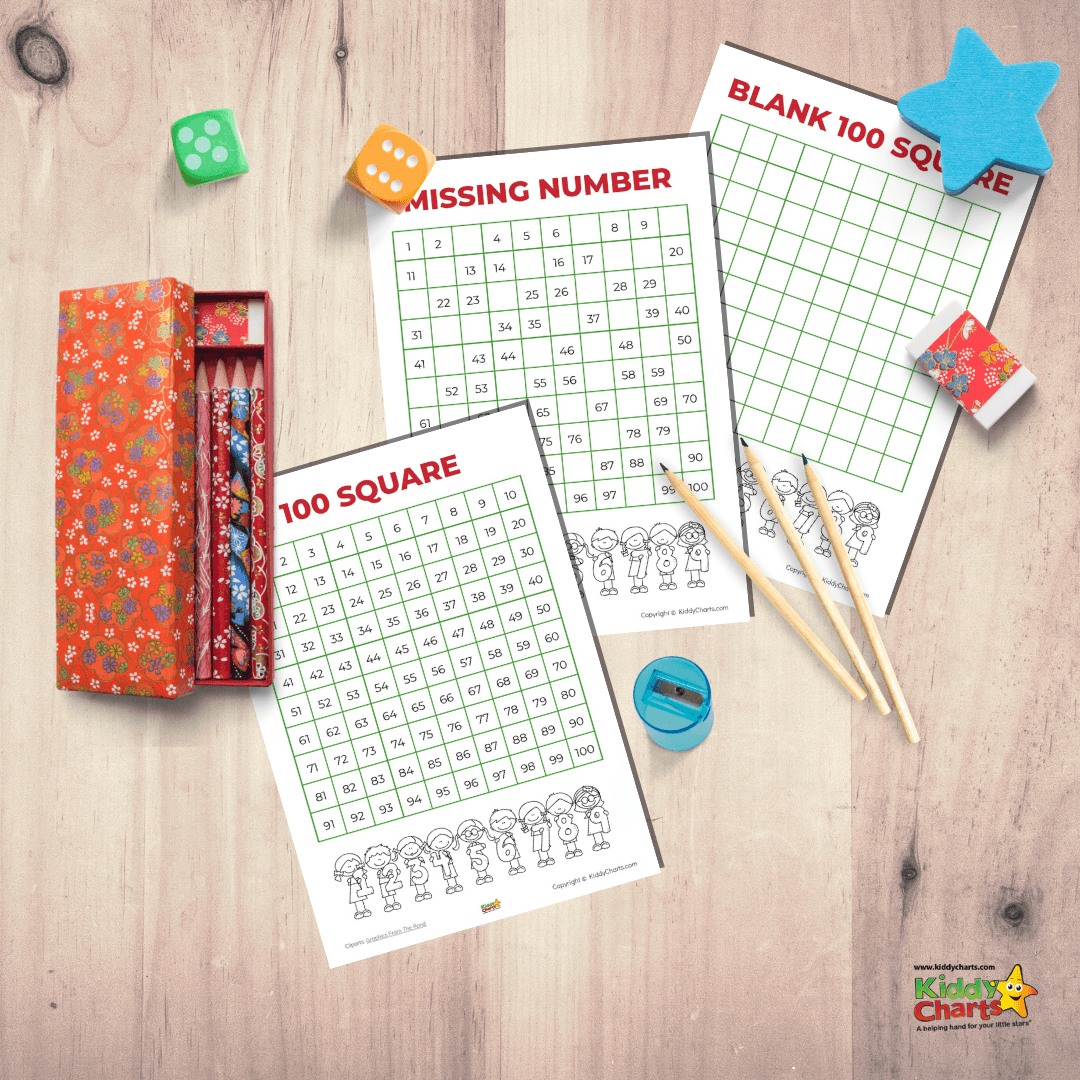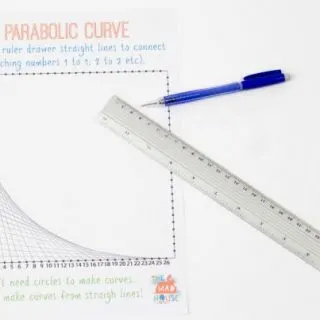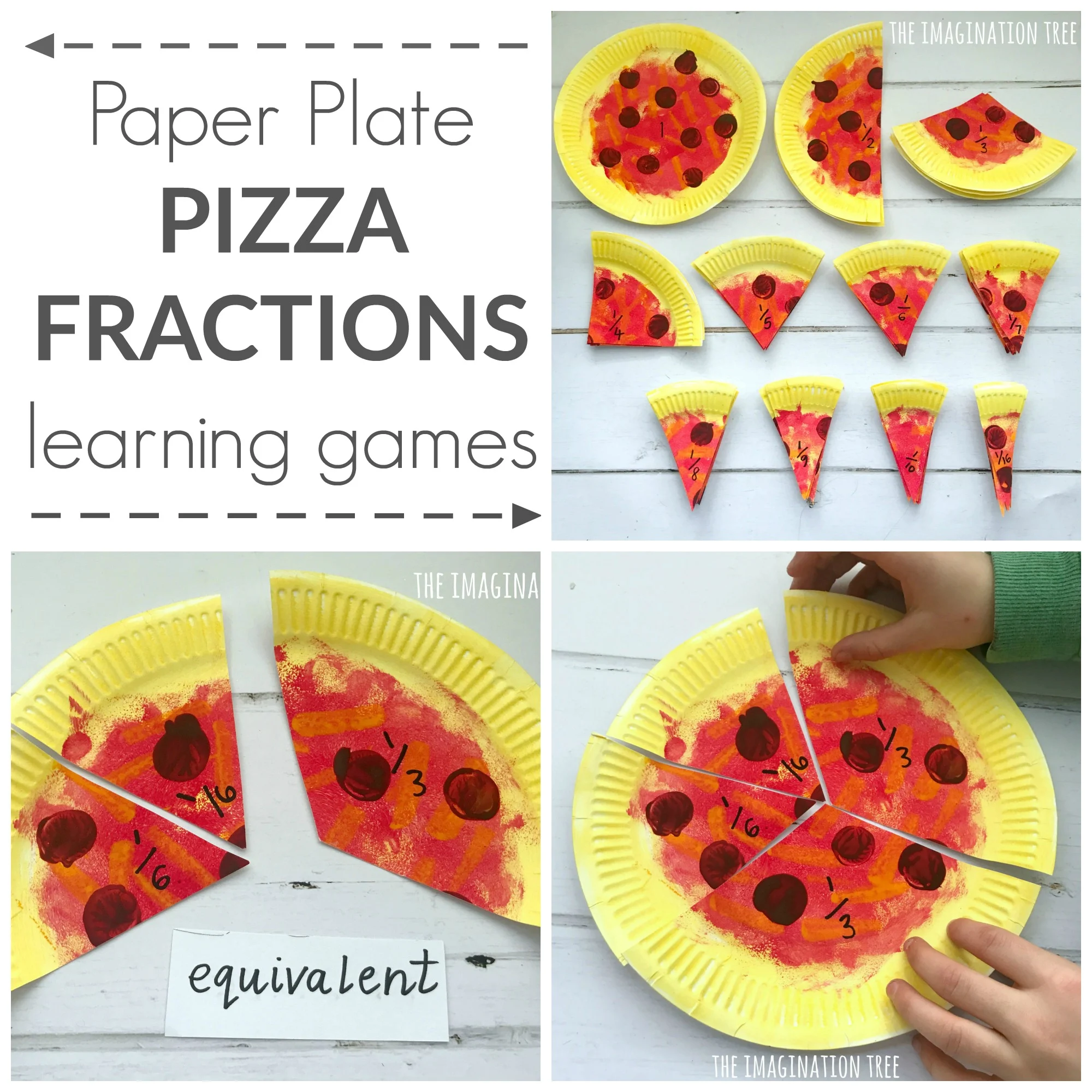In today’s dynamic world, mathematical education stands as a cornerstone of intellectual development, offering invaluable tools for understanding the intricacies of our universe. Yet, amidst the vast landscape of numbers and equations, there lies an untapped potential for connection and discovery. Picture this: a journey where mathematical concepts serve not as isolated islands, but as bridges that traverse disciplines, cultures, and minds. In this guest article, we are exploring a new set of ideas for mathematical education; the essence of “Building Bridges with Numbers.”
This is a concept that transcends traditional boundaries, inviting learners to explore, connect, and innovate. In this exploration, we embark on a quest to unearth innovative approaches to mathematical education, not merely as a means of rote learning, but as a vibrant tapestry of understanding and engagement. Our mission? To sculpt a landscape where mathematics becomes not just a subject, but a profound journey of discovery and connection.
This is a collaborative post.
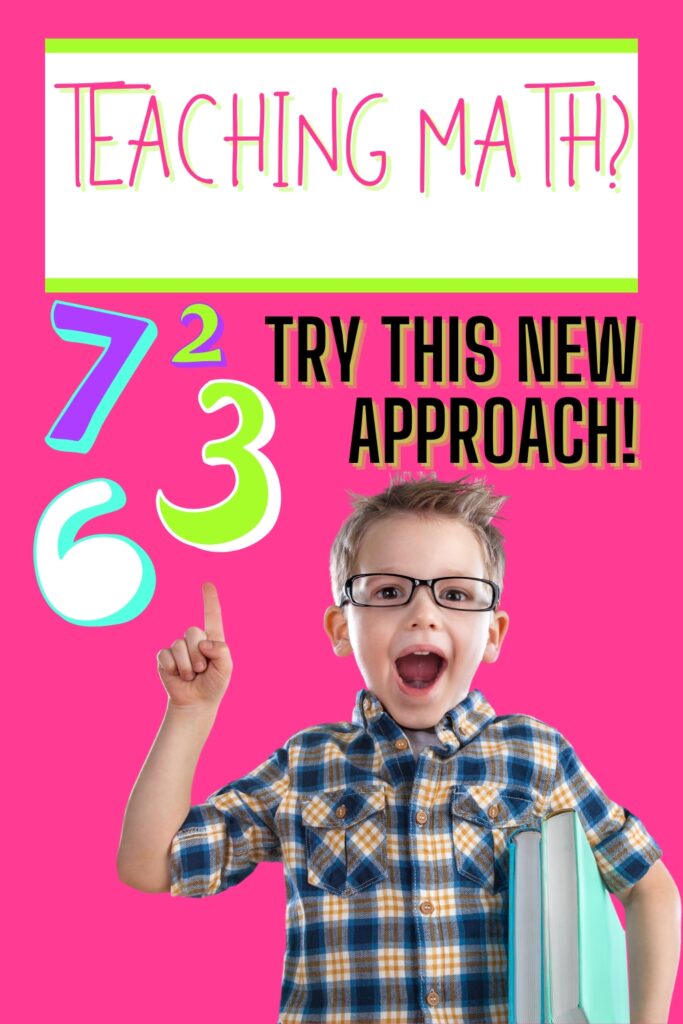

Understanding the landscape of mathematical education
Within the vast realm of mathematical education lies an indispensable cornerstone of intellectual growth crucial for our children’s future success. Mathematics, often hailed as the language of science, not only unlocks the mysteries of the universe, but also fosters vital critical thinking skills essential for navigating life’s myriad challenges. As parents, it’s imperative to understand that mathematical literacy extends far beyond the confines of the classroom. It equips our children with the tools to approach real-world problems with precision and confidence, laying the groundwork for future success in academia, career, and everyday life.
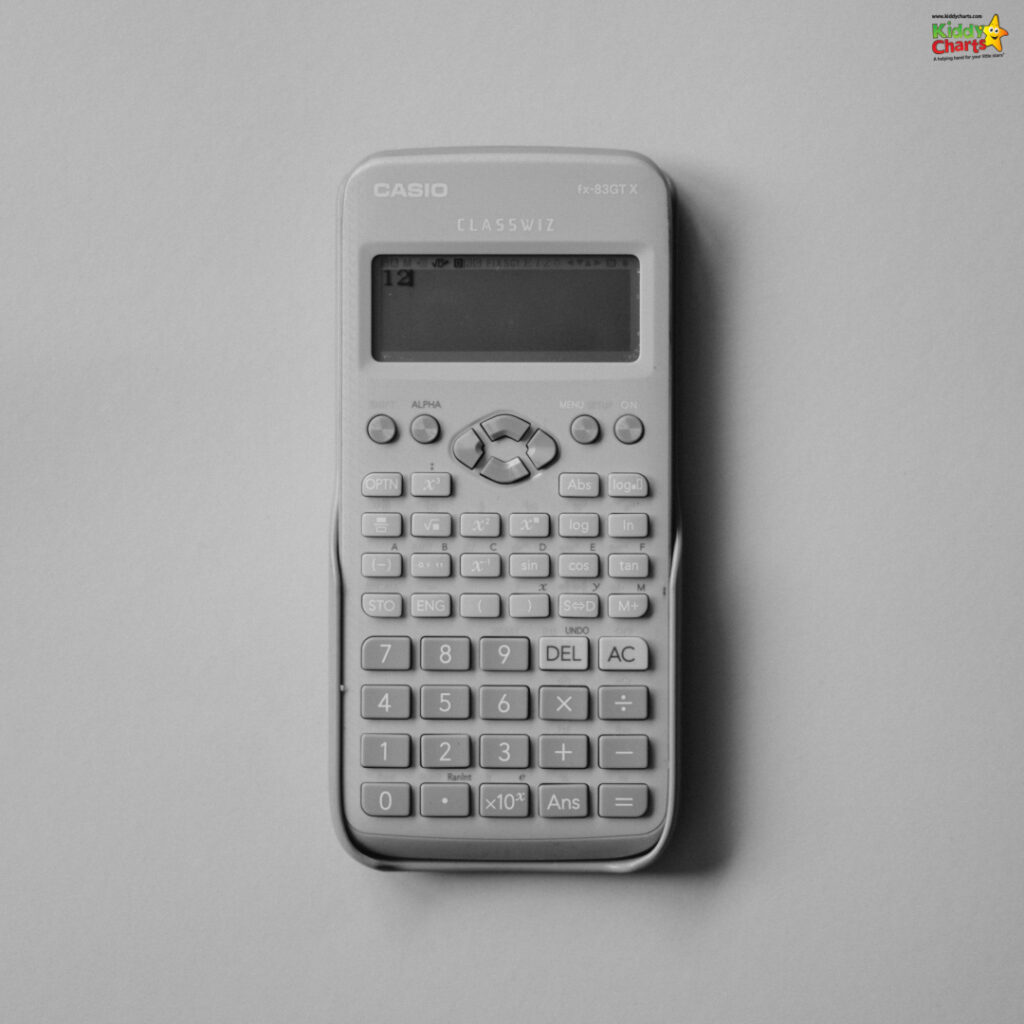
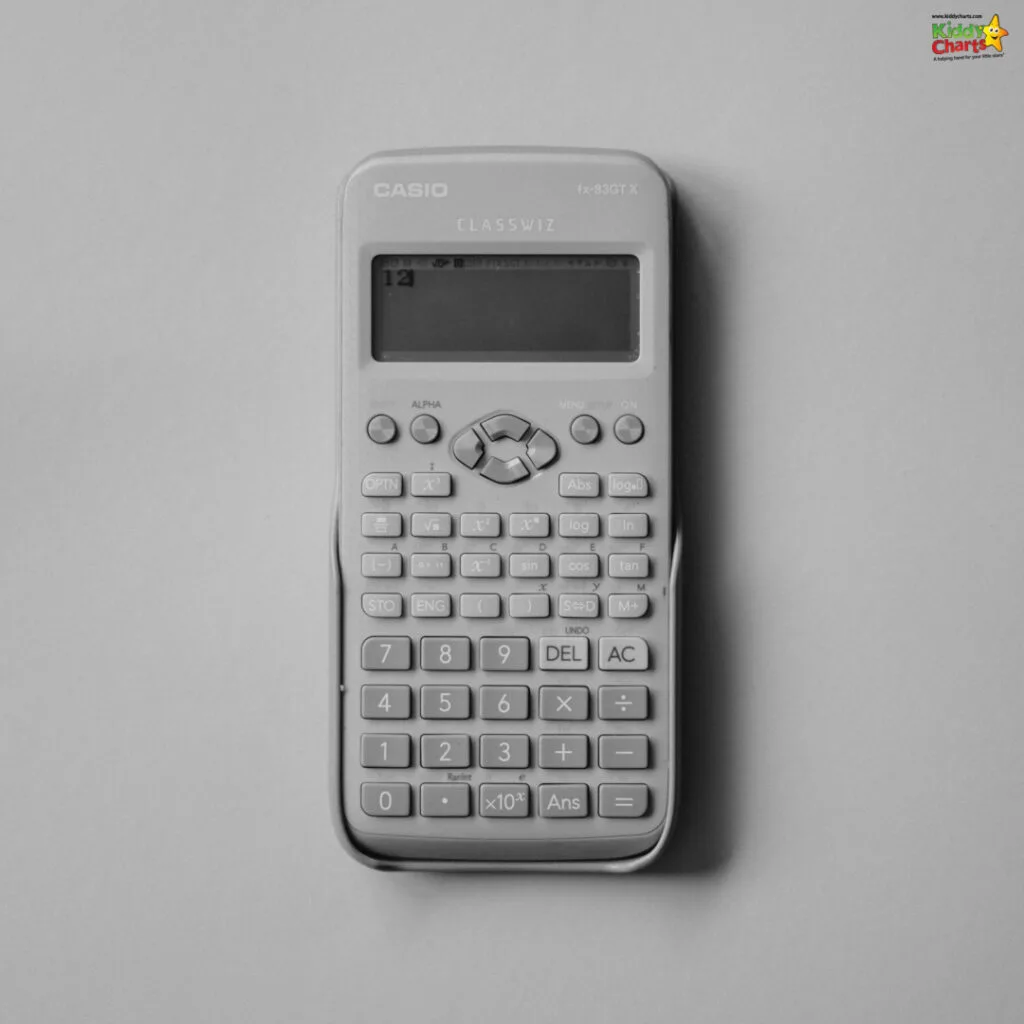
By embracing innovative approaches to mathematical education, we empower our children not only to excel academically but also to thrive as adaptable thinkers and problem solvers in an ever-changing world. Thus, as we embark on this journey of exploration and discovery, let us recognize the profound impact that nurturing mathematical curiosity can have on our children’s future, equipping them with the resilience and adaptability needed to navigate the complexities of tomorrow’s world.
Bridging theory with practice
In the realm of mathematical education, bridging theory with practice through real-world applications serves as a transformative approach that breathes life into abstract concepts. Gone are the days of viewing mathematics as a disconnected set of formulas and equations; instead, learners are invited to explore the tangible impact of mathematical principles on the world around them. Whether it’s calculating the trajectory of a rocket, analyzing trends in financial markets, or designing sustainable urban infrastructure, real-world applications offer a tangible context for understanding mathematical concepts and their relevance in everyday life.
For parents, embracing real-world applications in mathematical education offers a unique opportunity to foster a deeper connection between classroom learning and the world beyond. By encouraging our children to explore how mathematical concepts manifest in various fields and industries, we empower them to see mathematics not as an isolated subject but as a powerful tool with far-reaching implications. Whether through engaging discussions, hands-on projects, or interactive simulations, parents can play a pivotal role in helping their children understand the practical significance of mathematical concepts and inspire a lifelong passion for learning.


Real-world applications
Moreover, real-world applications also nurture essential skills such as critical thinking, problem-solving, and decision-making, which are invaluable assets in both academic and professional endeavors. By immersing learners in authentic, context-rich scenarios, educators and parents alike can cultivate a mindset of inquiry and exploration, equipping students with the tools they need to tackle complex challenges with confidence and creativity.
Ultimately, by bridging theory with practice through real-world applications, we not only enrich the educational experience but also empower our children to become informed, engaged citizens who are capable of applying their mathematical knowledge to effect positive change in the world. As parents, let us embrace this innovative approach to mathematical education and unlock the boundless potential that lies within our children, as they embark on a journey of discovery, exploration, and lifelong learning.
Leveraging educational technology in mathematics education
In the digital age, educational technology has emerged as a powerful ally in the quest to enhance learning experiences and engage students in meaningful ways. When it comes to 4th grade math lessons, integrating innovative digital tools and resources can revolutionize the way concepts are taught and understood. From interactive games and simulations to online tutorials and adaptive learning platforms, educational technology offers a wealth of opportunities to cater to diverse learning styles and abilities.
For 4th-grade students, who are at a critical stage in their mathematical development, leveraging educational technology can provide personalized learning experiences tailored to their individual needs and interests. Whether it’s exploring fractions through interactive manipulatives, mastering multiplication tables with gamified quizzes, or visualizing geometric shapes in virtual environments, digital tools can make abstract concepts more concrete and accessible.
As parents and educators, embracing educational technology in 4th-grade math lessons opens up new avenues for collaboration and engagement. We can incorporate digital resources into lesson plans and homework assignments. In addition, we can create dynamic learning experiences that extend beyond the classroom walls. Helpful ways of working including monitoring progress through online assessments, and providing instant feedback. This can be through interactive tutorials, or facilitating virtual group projects. Technology can empower us to support our children’s mathematical journey in innovative and exciting ways.

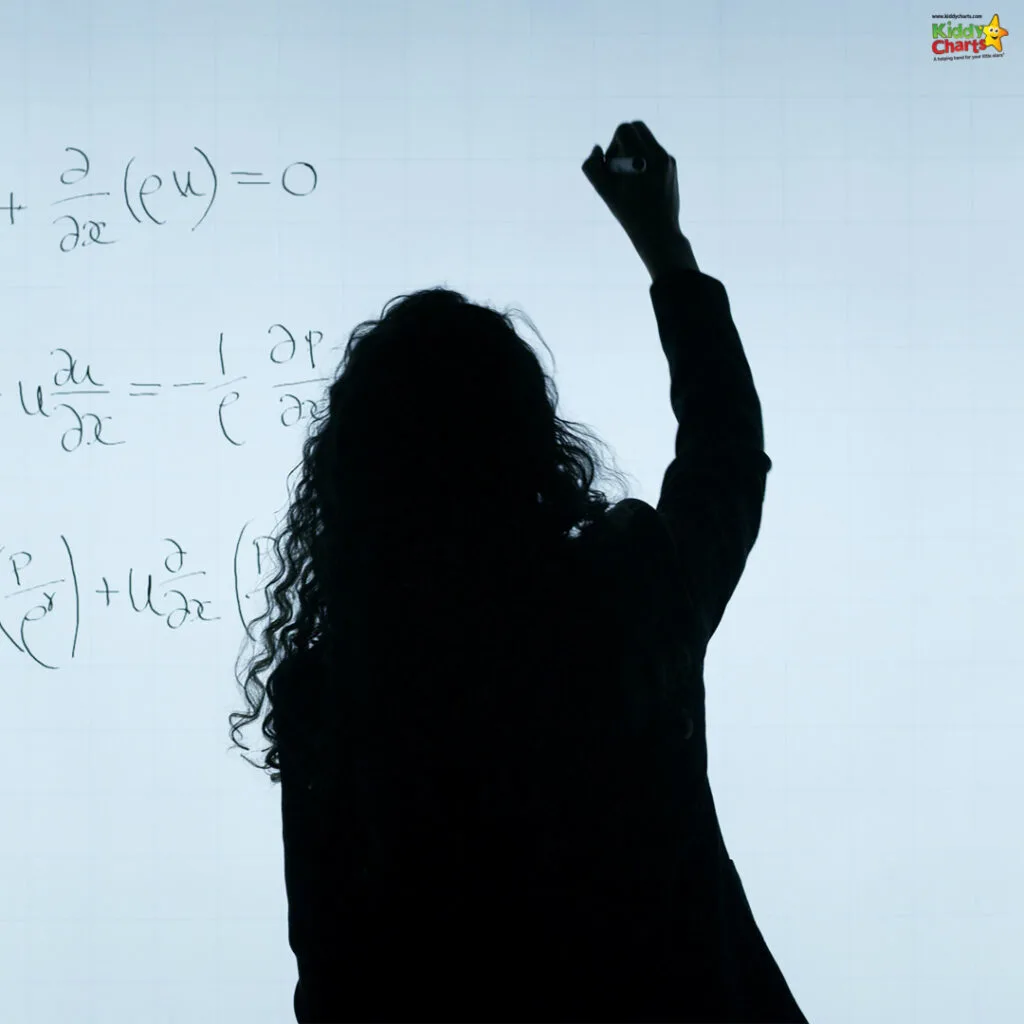
How can educational tech help
Moreover, educational technology can help bridge gaps in access to resources and support. This is particularly true for students in underserved communities or those with diverse learning needs. By leveraging online platforms and digital resources, we can ensure that all students have access. They can also use high-quality math education regardless of their background or circumstances.
Ultimately, the integration of educational technology in 4th-grade math lessons represents a paradigm shift in how we approach teaching and learning. By harnessing the power of digital tools and resources, we can create engaging, interactive learning experiences that inspire curiosity, foster critical thinking, and ignite a lifelong love of mathematics in our children. As we embrace this digital revolution in education, let us seize the opportunity to empower our 4th-grade students with the skills and knowledge they need to succeed in the 21st century and beyond.
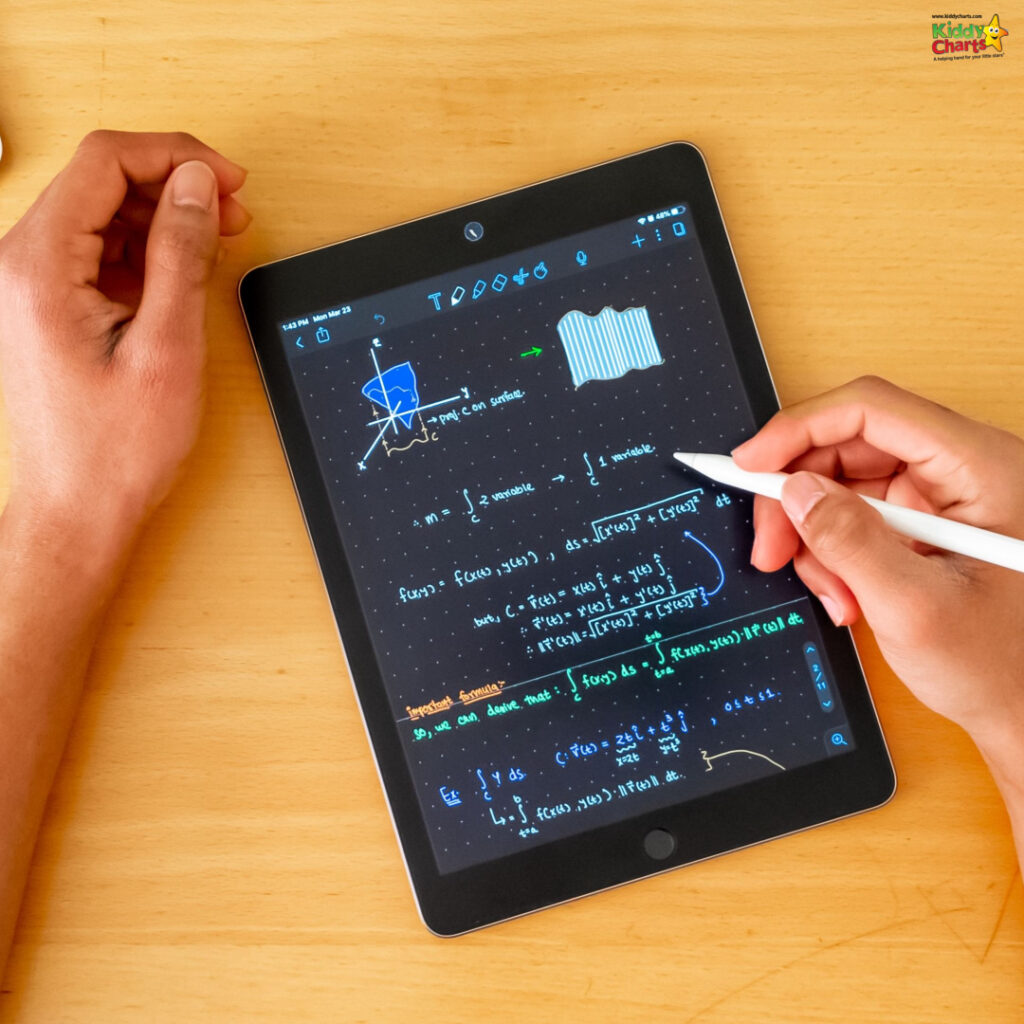
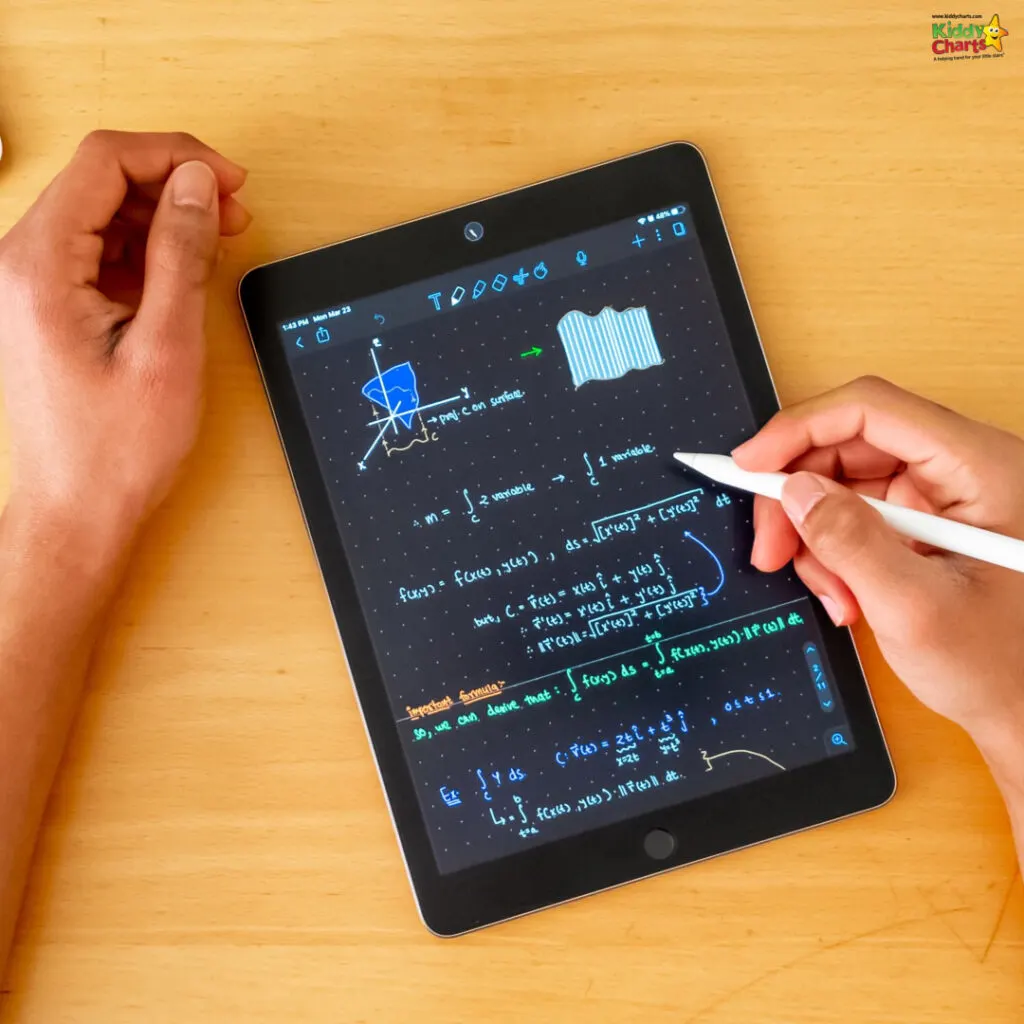
Fostering mathematical creativity and critical thinking
In the ever-evolving landscape of mathematical education, fostering mathematical creativity and critical thinking stands out. Beyond rote memorization and procedural fluency, is where students are encouraged to explore, question, and innovate. Mathematical thinking can become a dynamic and creative process. At the heart of this is that true mathematical understanding is not simply about arriving at the right answer. It is about grappling with complex problems, making connections, and discovering new insights along the way.
For students, nurturing mathematical creativity and critical thinking lays the groundwork for a lifetime of mathematical exploration and discovery. We can provide opportunities for open-ended problem-solving, encouraging experimentation, and celebrating diverse approaches to problem-solving. Educators and parents can cultivate a culture of mathematical inquiry and exploration. Perhaps we can do this through:
- exploring patterns in nature,
- designing mathematical games and puzzles,
- tackling real-world challenges.
Whatever the way, students are empowered to think creatively, critically, and collaboratively – skills that are essential not only in mathematics but in all areas of life.
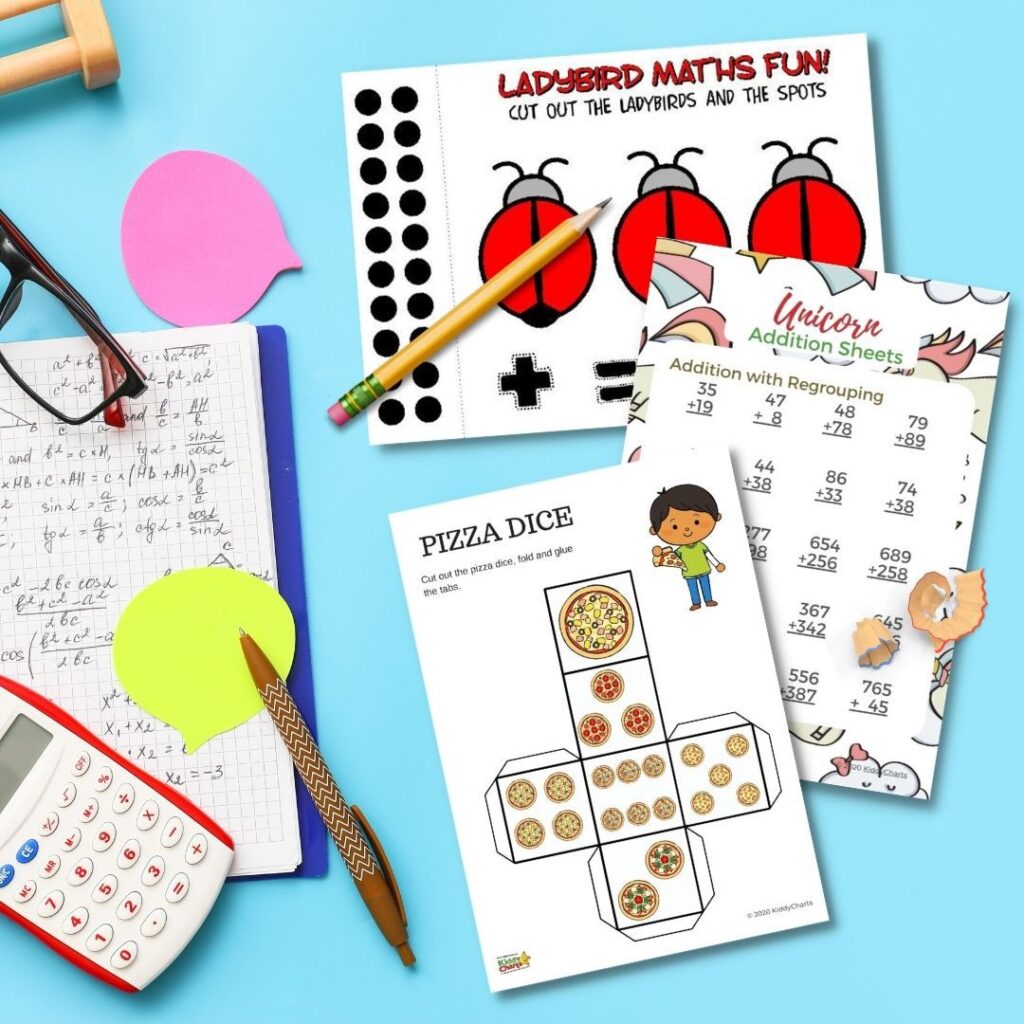
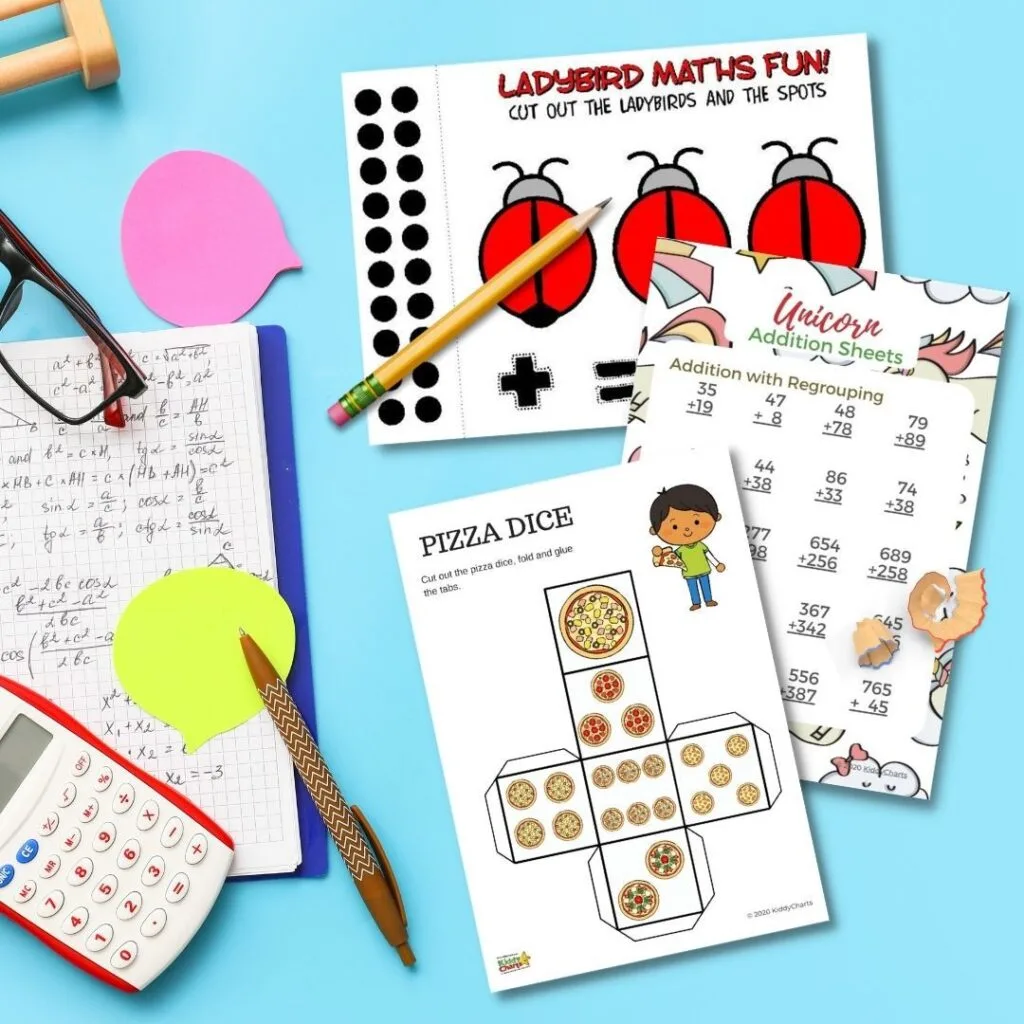
Tips for parents
As parents, fostering mathematical creativity and critical thinking begins with creating an environment that values curiosity, exploration, and perseverance. Let’s encouarge our kids to engage in mathematical conversations. We can pose thought-provoking questions, and encourage our children to embrace challenges as opportunities for growth. We can instil in them the confidence and resilience needed to tackle complex problems with creativity and confidence.
Moreover, leveraging technology and real-world applications can provide enriching experiences that spark curiosity and inspire innovation. Why not use digital tools to visualize mathematical concepts. We can explore mathematical modelling in real-world contexts. How about collaborating with peers on interdisciplinary projects as well. Students can be provided with opportunities to apply their mathematical knowledge in meaningful and authentic ways.
Fostering mathematical creativity and critical thinking can equip our 4th-grade students with the skills and mindset needed to thrive. We are, after all, in an increasingly complex and interconnected world. We can embrace this wholistic approach to mathematical education. This will hopefully let us, and our kids, celebrate the joy of discovery. Let’s get our kids excited by the beauty of mathematical thinking.


Final thoughts
In the dynamic landscape of mathematical education, innovation serves as the cornerstone of progress. This is a way to work towards the future where mathematics becomes not just a subject, but a transformative journey. We can embrace real-world applications and leveraging educational technology. This leads to nurturing creativity and critical thinking. Our kids can embark on a quest to revolutionise the way mathematics is taught and learned. As parents, educators, and stakeholders in our children’s future, we can seize the opportunity to shake up mathematical education. Why not empower our 4th-grade students and beyond. We can give them the knowledge, skills, and mindset they need to succeed in the 21st century and beyond. By building bridges with numbers, we open the door to a world of endless possibilities. This way mathematical literacy becomes not just a goal, but a gateway to a brighter, more empowered future for all.
We really hope you like this article, and it helps you on your mathematical education journey. Do check out some of the other ideas for Maths articles on the site:
Math activities
Here are some more fantastic Maths ideas from KiddyCharts that we know that your kids will love. Why not check them out now?
Addition worksheets for kids: Pizza game
A fabulous addition game, fun for kids with pizza, and dice - guaranteed to help them learn about addition with less effort than you might think!
Cool maths for kids: 5 top tips for everyday maths fun
Maths can be tedious for some children which is why we are sharing 5 tips for everyday maths fun.
100 square chart activities for Maths home learning
Use our 100 square chart activity for maths home learning!
Maths and other games on the site
Here are some more ideas for Maths and game play for the kids!
And some off it too:
More maths activities
Here are some more3 fabulous Maths ideas off site - check them out now and we know they will complement what we have for you on site.
Maths and Art Collide = Parabolic curves 15
Learn more about the correlation between maths and art with this post from Mum in the Mad House.
Paper Plate Pizza Fractions - The Imagination Tree
The Imagination Tree brings us this fun paper plate pizza fractions game.
App News : Maths Challenge
There are some fun ways to learn maths and this app shared by iGameMom tells you why to download it!
Why not sign up for our newsletter as well?
Thanks for visiting us, and check out more articles on the site again soon.
Helen



